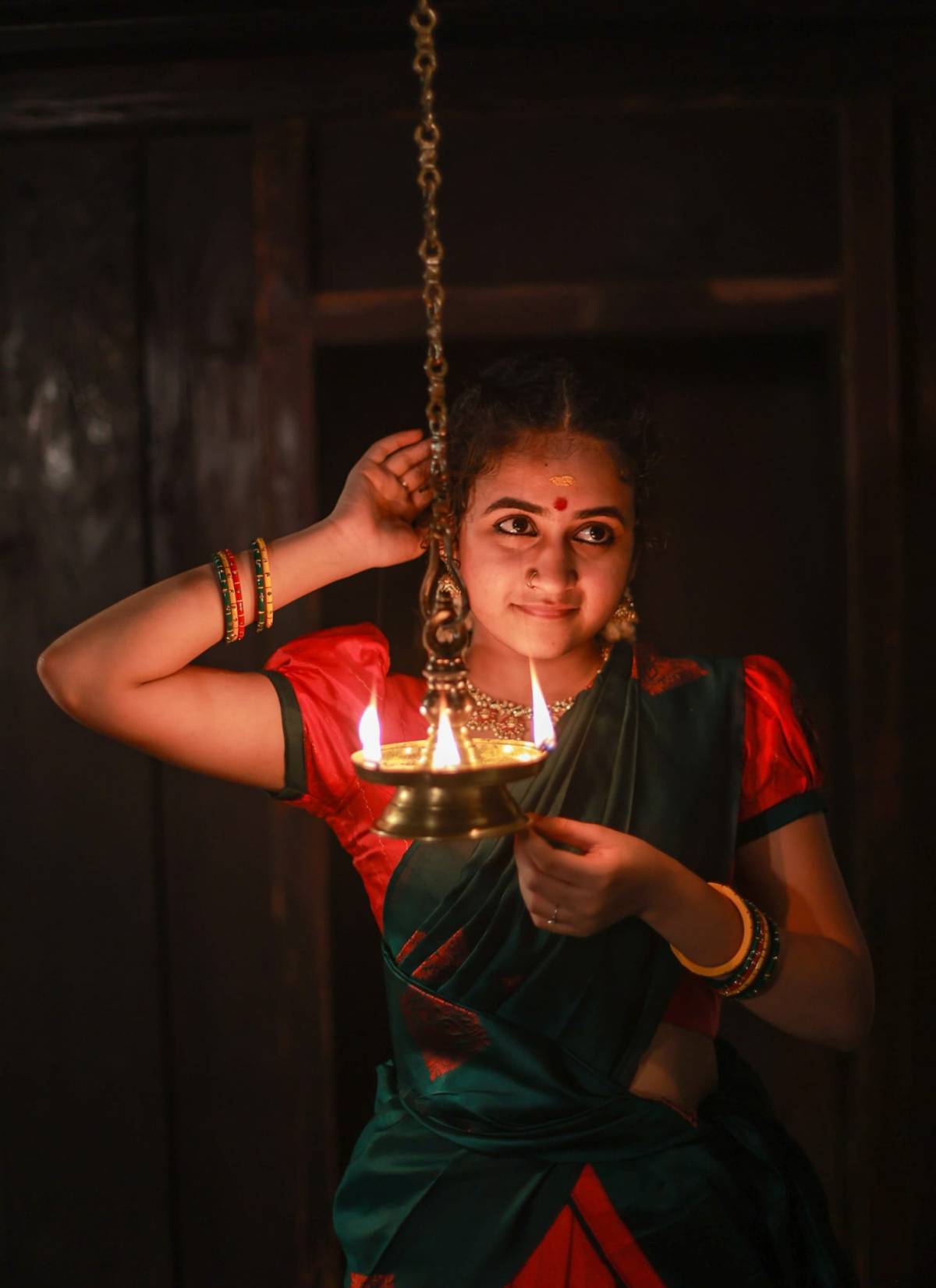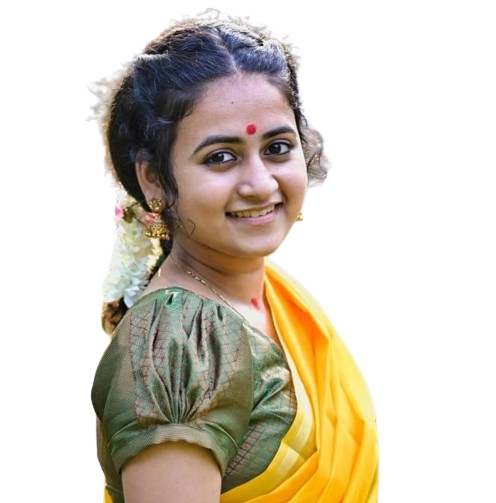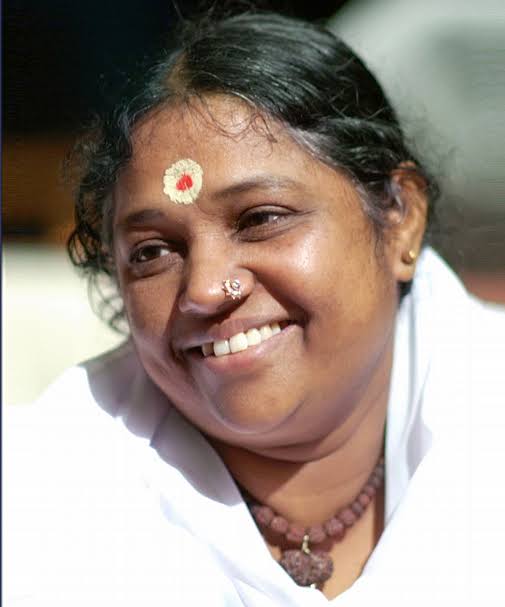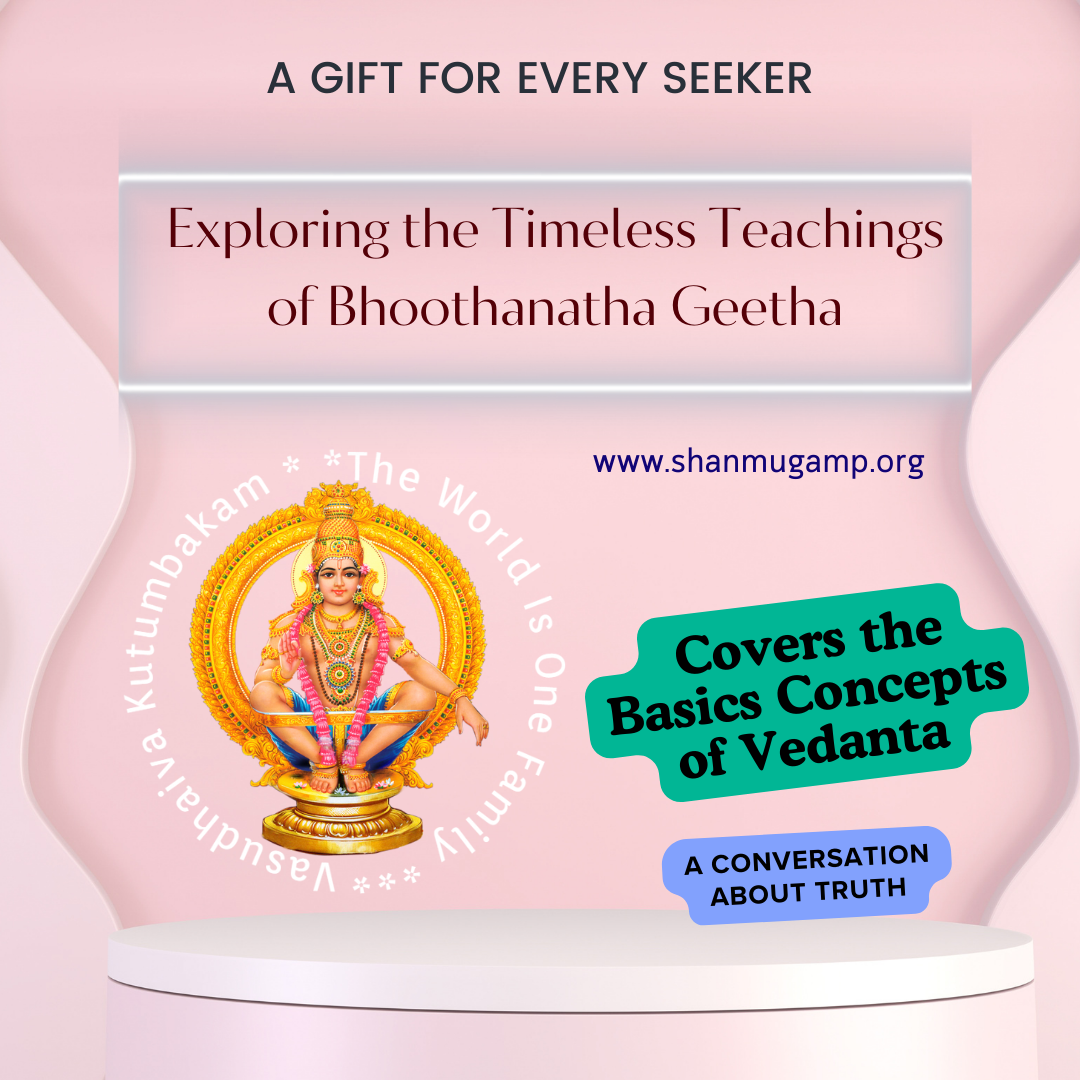The goal of human life is to realize the divine within us. This is called self-realization, and it is the birthright of every human being. All scriptures, including the Bhagavad Gita, are meant to guide us towards realizing the self. You can achieve this by engaging in proper sadhana with the right guidance, regardless of whether you are a man or a woman, married or unmarried.
Self-inquiry, or Atma Vichara, is considered a direct path to realizing the truth. This was emphasized by Ramana Maharshi, and many individuals have attained truth through this method. One such person is Sadasiva Brahmendra, who lived in the 15th to 16th century near Thiruvenkadu, Tamil Nadu. Originally named Shiva Ramakrishna, he left his home in search of truth and became a disciple of Sri Paramasivendra Saraswati. Under his guidance, he immersed himself in self-inquiry and received profound teachings. Adopting the life of a renunciant, he wandered, often in a trance-like state and dressed minimally. Described as deeply absorbed in meditation, he was said to be in a state of supreme intoxication.
Throughout his life, Sadasiva was associated with numerous miracles. His final resting place, his jiva samadhi, is briefly mentioned in ‘Autobiography of a Yogi’, Chapter 41, authored by Paramahamsa Yogananda.
Sadasiva Brahmendra composed many Carnatic compositions to share the advaita philosophy with ordinary people. These songs are renowned for their profound meaning and concise expression. His compositions are widely cherished and frequently performed in Carnatic music concerts. One such composition is ‘Pibare Rama Rasam’. The lyrics were written by Sadasiva Brahmendra and the music was composed by Balamurali Krishna.
The song encourages us to drink the essence or Rasa of Rama. This essence is powerful enough to cleanse our sins and grief, protect us, help us break the cycle of birth and death, and attain self-realization and liberation. The song also conveys that great rishis like Shuka, Shaunaka, and Kaushika have consumed this essence of Rama.
I love the version sung by Sooryagayathri. I discovered this song through her, as she released it on the day before Rama Navami in 2022. I sent a superchat during the live premiere, and she responded to it.
(Since the playback on other websites has been disabled, click on the link to watch this on Youtube. I recommend Sooryagayathri team to change this setting because allowing playback on other websites have a lot of advantages. )
Here are the lyrics and word-to-word translation. Credits: Suja Music, a blogger on WordPress.Note: It is common to sing only lines 1,3 and 5.
पिबरे राम रसं रसने पिबरे राम रसम्
दूरीकृत पातक संसर्गं पूरित नानाविध फल वर्गम्
जनन मरण भय शोक विदूरं सकल शास्त्र निगमागम सारम्
परिपालित सरसिज गर्भाण्डं परम पवित्री कृत पाषाण्डम्
शुद्ध परमहम्स आश्रम / आश्रित गीतं शुक शौनक कौशिक मुख पीतम्
Transliteration
pibarE rAma rasam rasanE pibarE rAmarasam
dUrIkrta pAtaka samsargam pUrita nAnAvidha phala vargam
janana maraNa bhaya shOka vidUram sakala shAstra nigamAgama sAram
paripAlita sarasija garbhANDam parama pavitrI krta pAshANDam
shuddha paramahamsa Ashrama gItam shuka shaunaka kaushika mukha pItam
Translation
Drink (verb piban) (implied: absorb) the essence (rasam) of the name of Rama, o tongue (rasana).
It will help you (implied) remove or be distant (doori krta) from association with sin(pAtaka) (or be distant from those who cause you to sin) and you will be fulfilled (poorita) with many kinds (nAnAvidha) and types (varga) of rewards/gains (phala).
It will help you be far removed (vidUram) from the grief (shOka) of the cycle of birth and death (janana–maraNa), it is the essence (sAram) of all (sakala) the religious treatises (shAstra), the Vedas (nigama) and sciences (Agama).
It protects (paripAlita) all creation. Brahma was born of a lotus (sarasija) from a golden egg (garbha anda, womb & egg) and then he created the whole universe. So this phrase implies that Rama nama protects the whole universe. It will purify (pavitrI) even the most (parama) impious or heretic (pAshANDam).
It is the pure (shuddha) song (gItam) that paramahamsa (signature of poet) has taken refuge in (Ashrama/Ashrita), it is the same which has been drunk (pItam) sages like Shuka, Shaunaka and Kaushika.






